Ancestral ‘superfoods’ that optimise reproductive & immune health
Out of all the foods that humans have consumed throughout our history, some have been particularly sought-after.
These foods offer unmatched nutritional and medicinal support for optimising our physiology.
Here is our summary of them—discovered by your ancestors—and confirmed by modern scientific analysis.
True ‘superfoods’
As you’re likely aware, the most digestible, satiating and nutritious foods for humans are animal foods.
Among these foods, there are some ‘superfoods’ that are on another level.
Here is a brief summary of them:
— Organ meats, like liver and bone marrow.
— Sea foods, like fish eggs.
— Bee foods, like honey.
Let’s unpack each group.
Organ meats
Muscle meats (steak etc) are undeniably delicious, extremely nutritious, and should form an integral part of the human diet.
However, pound-for-pound, muscle meat cannot compete with the nutritional profile of organ meats.
The organs (liver, heart, kidney, bone marrow etc…) are veritable stockpiles of hard-to-find nutrients.
Did you know that bone marrow is not only a rich source of vitamins and minerals, but also contains stem cells? Your dog might not be able to talk about ‘the science’ but they sure do know it’s good for them!
Out of all the organ meats, liver is particularly nutrient-rich, and usually tops the pound-for-pound rankings.
In fact, the 1934 Nobel Prize in Medicine and Physiology was awarded to three doctors who discovered that eating liver quickly reverses and cures anaemia. Before ‘liver therapy’ was discovered, pernicious anaemia was often fatal.
As it turns out, liver contains rich amounts of bioavailable nutrients.
For starters, we have the B Vitamins (the entire suite of them), the critically-important fat-soluble Vitamins A, D, E & K, and a hefty dose of minerals (heme-iron, magnesium, potassium, copper…), all of which are critical to human health and vitality.
Organ meats deliver foundational nutritional support that human physiology needs in order for us to thrive.
Get some in your diet regularly and feel your body work better.
Sea foods
The native Indians of the High Andes in South America were known to travel hundreds of miles to the coast—on foot—in order to get their hands on sea foods.
In particular, fish eggs were prized possessions.
The legendary Weston A Price reported that the people of the Andes considered fish eggs to be essential for female reproductive health.
Fish eggs, also called roe, or caviar, are packed with all the ingredients that are necessary to support newborn life.
Modern scientific analysis confirms their ancestral wisdom…
— Nutrients found in fish eggs, notably; the omega-3 fats, choline, and fat-soluble vitamins A, D, E and K—are indeed essential for reproductive health. These nutrients are required in substantial amounts before, during and after pregnancy, in order to provide optimal nourishment to the mother and her growing baby.
It is not surprising then, that this food has been long-sought after by the people of the Andes (and many other cultures) for their health-promoting and baby-making qualities.
Bee foods
Bees make many interesting things, but today our focus is on honey, which holds special significance in human history.
‘Real’ honey—meaning raw and unprocessed—is a biologically-complex food, containing hundreds of components. Beneficial qualities of real honey are destroyed by modern processing techniques, such as pasteurisation.
Honey is the most ancient of ‘sweeteners’ and has been used since time immemorial.
One of the last remaining hunter-gatherer tribes—the Hadza, who live in modern-day Tanzania—consider honey their favourite food.
Holy books explicitly encourage the consumption of honey.
The ancient Egyptians, Assyrians, Chinese, Greeks and Romans all used honey topically for wound healing, and internally, for diseases of the gut.
Modern scientific analysis helps us to understand why…
— Honey exhibits potent anti-bacterial, anti-viral and anti-fungal effects against a range of common pathogens.
— Honey is a rich source of probiotics, prebiotics and digestive enzymes.
— Honey is protective of gut health, including the oral biome (not something we can say about most ‘sweeteners’).
—Honey shows promising anti-inflammatory and anti-allergy effects.
Honey, it seems, is much more than a ‘sweetener’ or ‘folk remedy’.
It is both food and medicine.
Liver, bone marrow, fish eggs and honey
These are some traditional foods that have been highly-prized among human cultures.
— Made by Mother Nature.
— Discovered by your ancestors.
— Confirmed with modern scientific analysis.
In the modern world, finding quality sources (of information and food) is the hard part, so take your time and source your ‘superfoods’ wisely.
Need help?
Check our Services, sign up to the Newsletter, and reach out if you need support.
References
Ajibola, A, Chamunorwa, JP & Erlwanger, KH 2012, ‘Nutraceutical values of natural honey and its contribution to human health and wealth’, Nutrition & Metabolism, vol. 9, no. 1, p. 61.
Berbesque, JC & Marlowe, FW n.d., ‘Sex Differences in Food Preferences of Hadza Hunter-Gatherers’, Evolutionary Psychology, vol. 7, p. 16.
Burri, L, Hoem, N, Banni, S & Berge, K 2012, ‘Marine Omega-3 Phospholipids: Metabolism and Biological Activities’, International Journal of Molecular Sciences, vol. 13, no. 12, pp. 15401–15419.
Irish, J, Carter, DA, Shokohi, T & Blair, SE 2006, ‘Honey has an antifungal effect against Candida species’, Medical Mycology, vol. 44, no. 3, pp. 289–291.
Nature, 1934, ‘Nobel Prize for Medicine and Physiology for 1934’, Nature, vol. 134, no. 3392, pp. 691–692.
Nehra, D, Le, HD, Fallon, EM, Carlson, SJ, Woods, D, White, YA, … Puder, M 2012, ‘Prolonging the female reproductive lifespan and improving egg quality with dietary omega-3 fatty acids’, Aging Cell, vol. 11, no. 6, pp. 1046–1054.
Price, WA, 1939, Nutrition and Physical Degeneration: A Comparison of Primitive and Modern Diets And Their Effects.
Sinclair, L 2008, ‘Recognizing, treating and understanding pernicious anaemia’, Journal of the Royal Society of Medicine, vol. 101, no. 5, pp. 262–264.
Zumla, A & Lulat, A 1989, ‘Honey - a remedy rediscovered’, Journal of the Royal Society of Medicine, vol. 82, no. 7, pp. 384–385.



